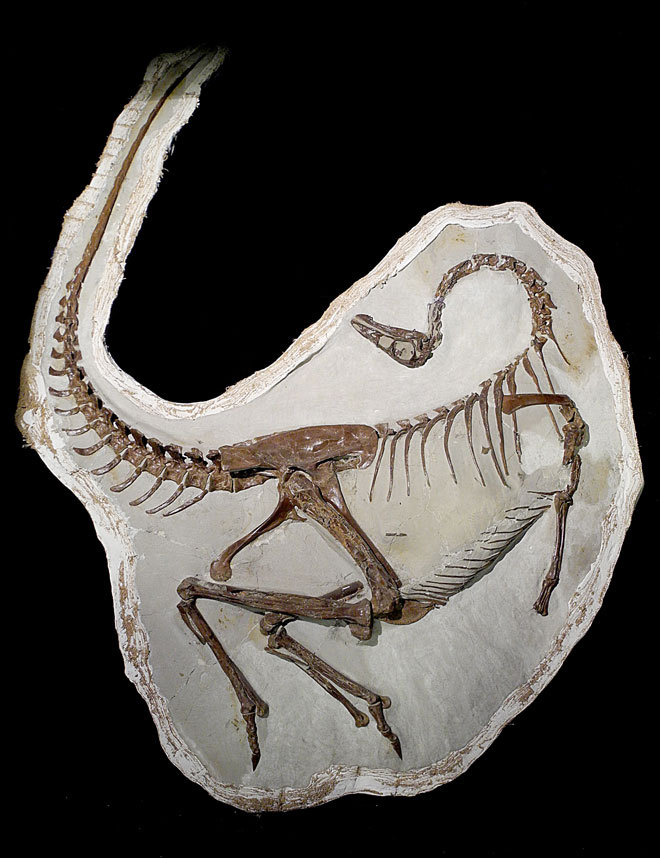Bird-like dragons, which translate to "bird-like lizards" in English, bear striking resemblance to large, flightless birds such as modern ostriches. Although they are not closely related to ostriches, not even distant relatives, they have a similar body structure, with long legs for running, S-curved necks, small heads, and bird-like dragons usually have toothless beaks. Ornithischiosaurus was one of the fastest dinosaurs, and it is estimated that they ran the fastest at a speed of about 50-80 kilometers per hour. They have long, slender arms and three knife-like claws to defend against predators or to catch prey.

Important members of the Bird Dragon Family
The order Plesiosaurs is subdivided into three subgroups: Ornithischiaeosaurus, Dinosauridae, and Ornithischia. The pelican-like dragon lived in early Cretaceous Spain and is currently the oldest and most basic bird-like dragon. What we found was a very good sample, containing the skeleton of the first half, but without retreat. The pelican-like dragon was small, only about 1.8-2.5 meters long. Its skull is long and low, and its jaws are covered with a large number of teeth— especially considering that none of the theropod dinosaurs of this branch were toothless. Surprisingly, the pelican-like dragon had 220 teeth, more than half of which were tightly arranged on the frontmost bone of the lower jaw. Only the front and maxilla have teeth in the front part of the mouth, and the rest is replaced by the occlusal surface on the ridge of the tooth. This is very unusual, because the most primitive foundation resembles a bird dragon, and the bird-like banshee dragon was found in the Mongolian region of the early Cretaceous period, compared to the former, they have much fewer teeth, only 10 to 11 teeth, and the Shenzhou dragon was also found in China during the same period, but they only had 7 to 8 teeth.
Bird-like banshee dragon family
Species evolve with teeth fusion
It seems that the dragon, the bird-like female demon dragon and the Shenzhou dragon are more like the later miniature versions of the bird-like dragon. Because they evolved from the teeth-toothed early predatory dinosaurs, the final toothless form of ornithischiosaurs was formed through the gradual reduction of teeth. The discovery of a bird-like banshee dragon in 1984 strongly corroborates this view. Pelican-like dragons lived earlier than bird-like female demon dragons, but this view is different. Pelicanosaurus was named in 1994 by Spanish paleontologist B.P. Pérez Moreno and his colleagues, who had to change their previous understanding of ornithischians because of their discovery. Perez Moreno argues that the tightly packed teeth have evolved over the generations to merge to form a toothless beak capable of cutting and tearing the epidermis of prey. The bird-like banshe shenzhou dragon may be representative of this evolutionary process, and has gradually adapted to the fusion of teeth.
The Mystery of the Dinosaur
Dinosaurs are an elusive population. Dinosaurs lived in late Cretaceous Mongolia, and the only current specimen of this suborder dinosaur has strong forelimbs about 2.5 meters long, claws about 25 centimeters long, and some fragments of bone and bone push. Such forelimbs conform to the forelimb characteristics of ornithischiosaurs. If it is indeed a bird-like dinosaur, the animal may be 8-11 meters long. This is indeed a surprising discovery, because the vast majority of the current members of the ornithischian family are not very large, only 2-3 meters long. So far, however, we do not have a complete sample of dinosaurs, so it is impossible to determine their morphology and size.
The most well-known members of the ornithischian family known to mankind are the Chicken Dragon and the Ostrich Dragon
There is the most famous ornithischiosaur in the ornithischidae family. Ornitosaurus dinosaurs were found in the northern hemisphere and lived in Asia and western North America. The most well-studied of the ornithischia are the chicken-like dragons, which lived in Mongolia during the late Cretaceous period. In addition, humans have also done a lot of research on camel-like dragons. It was named in 1972 by Mongolian paleontologist Renchen Bassa, Polish paleontologists Oss Moska and Ronnie Witz. Our knowledge of it comes from several juvenile to adult specimens. The largest known specimen of a chicken-like dragon is 4-6 meters long, with legs that are perfect for running and a long tail capable of controlling balance. It has a long skull, large eyes, and a toothless duck-billed beak.
The Camel Dragon was first described in 1914 by Henry Philfeld Osborne of the American Museum of Natural History. It was the first bird-like dinosaur to be fully understood. Measured about 3-4 meters long. It has slender, small, ostrich-like heads with forelimbs common to those found in birds.
Because the beaks of bird-like dragons have no teeth, there is a lot of speculation about what they eat. As early as 1917, Osborne thought that bird-like dragons might have eaten the plant's soft seedlings and leaf buds. This idea is also confirmed by the discovery of gastrolecups found in ornithischian specimens, as some herbivorous dinosaurs used gastrolecers to help crush hard plants. This does not exclude that ornithosaurs also ate small vertebrates such as lizards, small birds and insects. Thus , the order " Ornithistrina " represents a branch of the evolutionary tree of the dinosaurs of the order " Cessaurus " , possibly an omnivorous animal. Two recent discoveries of the soft tissue structure of the beak of ornithischiosaurs suggest that some ornithischiosaurs used their beaks to filter out food particles from the water of rivers and lakes. Although most ornithischians have feathers , there is no evidence that they are more closely related to living birds.